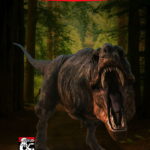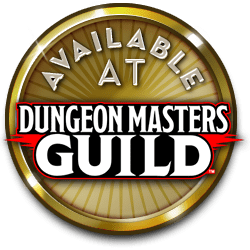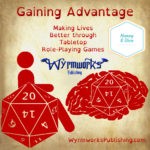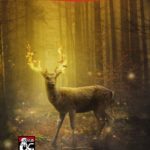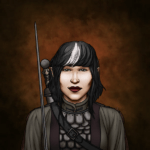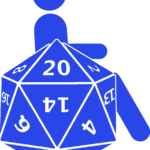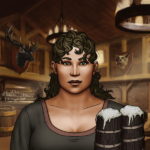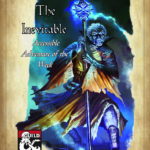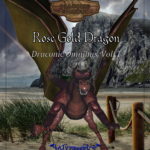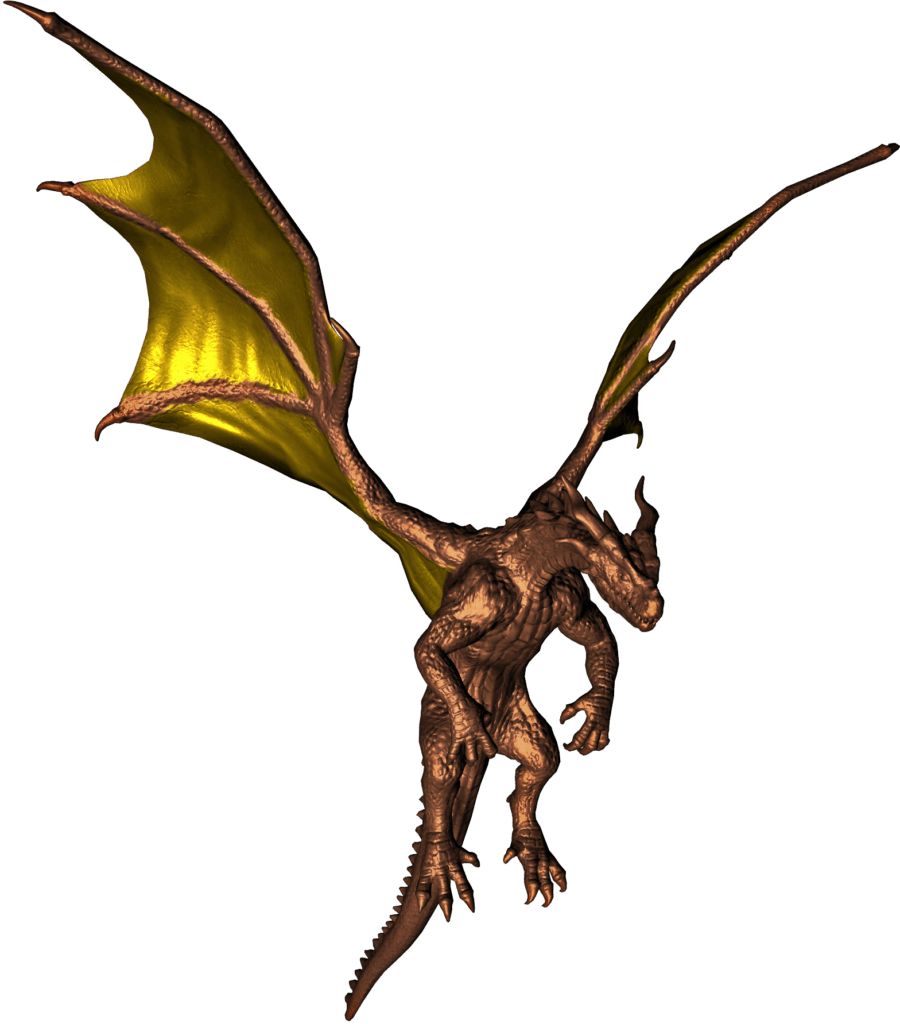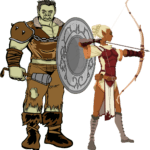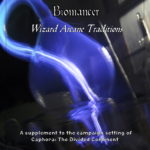On the release of our first Accessible Adventure of the Week, the question arose, as it always seems to, “Why would I play a disabled character? They wouldn’t last 10 minutes in a dungeon!” While this led to some interesting discussions, it’s a question people will ask, whether openly or in their minds. So as we prepare for not only many more of these adventures and NPCs, but also the Limitless Heroics book that will provide fifth edition game mechanics for nearly every trait in existence, the question is worth asking and exploring.
Personally, I’m not a fan of “should” or any sense of moral superiority (not that I’m innocent of it — it’s a tempting trap), but I’ve come to see the world and decisions in terms of “harmful” and “beneficial” (and certainly some decisions are neutral as they’re neither of the former). (Maybe this paradigm could help with all the hand-wringing about alignment in D&D — probably not.)
So then are disabled characters in D&D beneficial? (For brevity, when I say, “Disabled,” I’m referring to all matters of disability and illness, whether physical, mental, or emotional, and all varieties of neurodiversity.) My bias is obvious, but then why is it beneficial?
- Representation. People want to be able to play someone like them and have characters appear in the game that communicate, “You are welcome here. You belong.”
- Encountering the Other. Role-play is a powerful teaching tool that allows us to experience and walk through various life situations with minimal consequences that will allow us to avoid negative consequences when we encounter an analogous situation in real life. So when we learn to interact with a disabled character in-game, we’re learning to interact with a disabled person in real life and become more comfortable around them, but if we accidentally say or do something harmful, we can learn from the mistake without actually harming someone (or at least less so — players are real people).
- Experiencing the Other. By playing a disabled character, we can get a small taste of the challenges someone with those traits experiences (a very small taste, since we can turn it on and off at will and only imagine the experience), but if we play them with complexity as we would any other character, we learn to see disabled people as complex people, not cardboard stereotypes or inspiration porn.
- Cooperation. One of the most important lessons I’ve personally learned in the writing of Disabilities & Depth is the benefit that I as a non-disabled person can be to disabled people. We all need each other — independence is a harmful lie. Shorter people ask me (6’3″) to get items off top shelves at stores. Blind people may ask you to describe something for them. Having a slight hearing impairment, I often ask, when the TV captions are unreliable, “What did they say?” D&D is an inherently cooperative game, and learning how best to cooperate with disabled people in-game will help us be more sensitive and helpful in real life.
- Acknowledging the reality. It’s easy for non-disabled people to wish away disabilities, and when it’s not part of every moment of every day or a significant amount of any given day, its easy to forget that disability exists — it’s not something non-disabled people think about. And when we’re not considering the existence of disabled people, we’re not considering the needs of disabled people, which leads to ableism through ignorance. The more we recognize that disabled people are part of our world, the more we expect to see them in all representations of existence without it seeming odd, just as a world lacking women would seem odd (and probably the main point of the narrative or campaign world). Think about that — a fantasy world without disabled people should have, “Where are all the disabled people?” as a primary narrative. If that’s not the point of the story, ask yourself why you chose to alter that aspect of reality and what that decision means.
But then we need to consider the converse: is excluding disabled characters from D&D beneficial, harmful, or neutral?
I just showed how, at the very least, it’s odd. It doesn’t make sense. Even in a world with healing spells, at the very least, even greater restoration can’t restore a limb that was never there in the first place. Plus, clerics and other healers are rare. Not every clergy is a cleric. And not every cleric is high enough level to cast more than a daily cure wounds or two. There’s simply not enough healing magic for every injury and illness, especially when plagues sweep through. And then there’s socio-economic factors. (The king doesn’t want people camping outside the castle so the high priestess can come through and select some for healing each day — she should save those spell slots for him emergencies!)
Is it beneficial in the sense of escapism? When you play D&D, you’re going to a fantasy world that doesn’t have real world problems, right? Because that green dragon is nothing like your conniving boss? That bullying ogre is nothing like your obnoxious coworker or classmate? If you play D&D for the power fantasy, how does the presence of disabled people interrupt that? These questions are not accusations — they’re questions for self-reflection.
Is it harmful to exclude disabled people from your game world? What about excluding people with dark skin? What about excluding women from adventuring roles? Like any other people group, it’s beneficial for your own self-awareness to ask yourself, “Why does my fantasy world include the kinds of people that it does and exclude the kinds that it does? Why did I make that decision, even if it wasn’t a conscious decision? What have I learned about myself?” It also begs the question, “When I have the opportunity to be beneficial at little or no cost to myself and choose not to, is that inherently harmful?”
How does using disabled characters relate to the goal of D&D?
When I was in high school, our D&D group was at a church lock-in (overnight party). During free time, we found an unused room and played D&D. People would stop by and listen in and invariably ask, “Who’s winning?” All the players would point at the DM and say, “HE IS!” But in reality, we were all winning. We were having a great time. We were bonding with each other, learning teamwork, practicing math, and benefiting in all the ways D&D is beneficial. To me, the goal of D&D is to have fun, regardless whether we complete the quest as expected.
That said, there’s a sense of satisfaction in completing the quest, in powering up, in gaining loot or recognition or all the many goals players have for their characters. But does disability detract from that?
There’s a reason each character class has limitations — the game is no fun if you can literally do anything. Were that the case, you wouldn’t need dice (and could give them all to me!). No, the game is about facing challenges and finding creative solutions to those challenges with help from your allies. But isn’t that the life of a disabled person? If anything, a disabled character who still uses class abilities is the quintessential D&D character — someone with disadvantages and challenges who isn’t helpless and can achieve their goals, not in spite of their challenges, but regardless of their challenges, because while their challenges are part of them, they don’t define them.
So then should we pressure or require disabled characters?
Again with the “should” — what is harmful or beneficial? Forcing someone to play a disabled character would not be beneficial. It would not be fun. They would learn the wrong lesson.
I’ve also learned that moral pressure to do anything is harmful — it leads to resentment or self-righteousness, and either way, it never lasts or actually changes hearts and minds.
Rather, the more we introduce disabled characters as NPCs or through other players who would like to do so, the more we offer and demonstrate the benefits of doing so, but that’s only possible when we normalize the presence of competent and capable disabled characters in the game world.
I welcome your thoughts in the comments below. If you, like me, would like to include the benefits of disabled characters in your game, I invite you to sign up for our newsletter so you don’t miss our resources that will help you do that, many of which are free.
Note: This is the first of 2 in a series. Read Part 2 Here.
